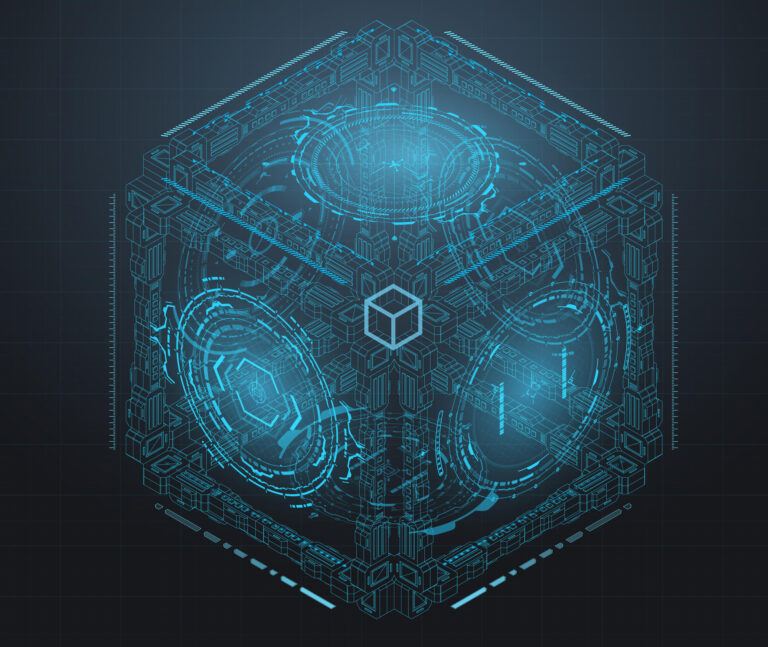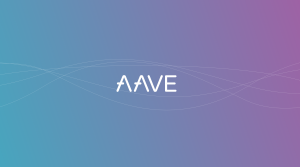Typically, blockchains are categorised into layers in the (DLT) decentralised ledger technology space. The layers form the basic structure of blockchain projects, depending on their functionality and setup. These layers are often designed to work together, forming a stack that collectively supports various aspects of blockchain operations.
The concept of layers allows for modularisation and categorisation. It allows developers to focus on specific aspects of functionality without having to overhaul the entire system. Furthermore, the idea of layered architectures is fundamental to the development of scalable and flexible blockchain ecosystems.
Types of blockchain layers
Layer 0 is the foundation or infrastructure layer. This blockchain layer includes hardware, software and protocols. The primary function of Layer 0 is to serve as a solid foundation, providing connectivity solutions to facilitate the seamless operation of Layer 1 chains. Its role extends to enabling cross-chain interoperability.
Layer 1 comprises the most widely known DLT blockchains. Its core functionality is to provide a distributed consensus process to ensure that transactions have occurred in a validated order. However, Layer 1s do not communicate well with one another, making it is difficult to send or bridge currency from one blockchain to another. The most successful under these are Ethereum (ETH) and Bitcoin (BTC). It is the base upon which dApps can be built.
Layer 2's collate transactions and then use a layer 1 to provide consensus confirmation. They are dedicated scaling solutions designed to alleviate the transaction limitations associated with Layer 1 chains. Based on the security framework of Layer 1 chains, their purpose is to alleviate network congestion by aggregating transactions in 'batches'. Layer 2 services are centralised and therefore require considerable trust on the part of the user. For this reason, the main goal of these protocols is to solve the transaction speed and scaling problems faced by large cryptocurrency networks. Important examples of Layer 2 solutions are the Bitcoin Lightning Network, Ethereum Plasma or Polygon.









